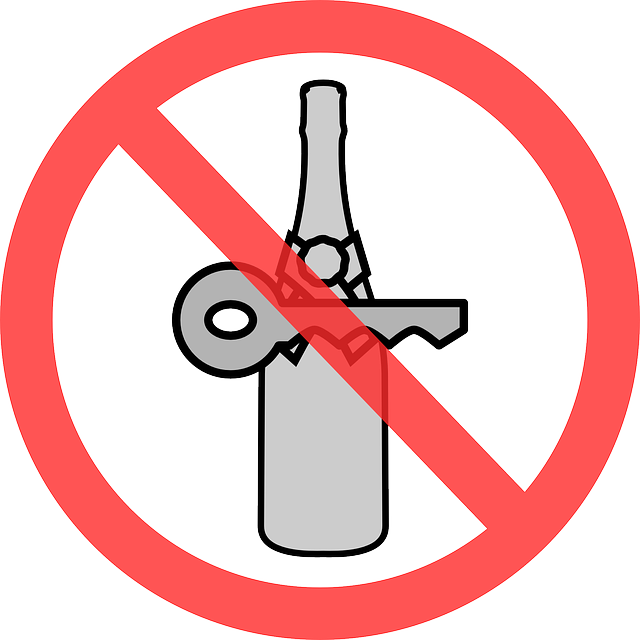DUI laws vary significantly between rural and urban areas due to loopholes in DUI legislation, leading to disparities in BAC limits, testing methods, and penalties. Rural areas often have lower BAC limits and less stringent enforcement due to limited resources and lower densities, while urban centers face high traffic volumes and complex legal scenarios. Standardizing loopholes in DUI legislation is crucial for achieving fairness and consistency in enforcement nationwide, with evidence-based strategies and technology playing key roles in closing loopholes and enhancing road safety.
In the realm of driving under the influence (DUI) laws, urban and rural areas face distinct challenges. While basic DUI legislation aims to deter impaired driving, loopholes in rural settings often allow for more lenient penalties, encouraging a false sense of security. In contrast, urban centers grapple with densely populated streets and enhanced enforcement strategies. This article explores these disparities, delving into the unique aspects of rural and urban DUI laws, including potential loopholes in rural legislation and effective urban enforcement tactics. Understanding these differences is crucial to enhancing overall public safety.
- Understanding DUI Laws: A Basic Overview
- Rural and Urban Settings: Unique Challenges
- Loopholes in Rural DUI Legislation
- Exploring Urban DUI Enforcement Strategies
- Comparative Analysis: Finding Common Ground
Understanding DUI Laws: A Basic Overview

DUI (Driving Under the Influence) laws are designed to keep roads safe, but their effectiveness varies across different regions, especially between rural and urban areas. A basic understanding of these laws is crucial for both residents and visitors. In general, DUI legislation aims to prevent individuals from operating vehicles while impaired by alcohol or drugs, with penalties escalating based on the level of impairment and previous offenses. However, there are often loopholes in DUI legislation that can lead to inconsistencies in enforcement and sentencing.
These loopholes may include differences in blood alcohol content (BAC) limits, testing methods, and penalty structures between rural and urban jurisdictions. For instance, some rural areas might have lower BAC limits or less stringent testing requirements, while urban centers often face the challenge of managing high traffic volumes and dense populations. Recognizing these disparities is essential for ensuring fairness and consistency in DUI enforcement across all regions.
Rural and Urban Settings: Unique Challenges

In rural settings, law enforcement faces unique challenges when it comes to DUI (driving under the influence) enforcement due to lower population densities and often limited resources. This can lead to loopholes in DUI legislation, as it may be more difficult to set up road blocks or conduct frequent patrols. Additionally, the remoteness of these areas might hinder immediate access to evidence like blood samples or breath tests, which are crucial for prosecution. As a result, rural DUI cases may require different strategies and considerations compared to urban environments.
On the other hand, urban regions present their own set of complexities. High population densities and heavy traffic volumes make it easier for police to conduct patrols and set up checkpoints. However, urban areas can also have more complex legal scenarios due to varying local laws and potential issues related to consent and search warrants. The diverse nature of urban communities might require tailored approaches to address DUI offenses effectively while respecting individual rights and addressing potential loopholes in legislation.
Loopholes in Rural DUI Legislation

In many rural areas, there’s a growing concern over loopholes in DUI (Drunk Driving Impairment) legislation that often result in less stringent penalties for offenders. These gaps in the legal framework can be attributed to lower population densities and fewer law enforcement resources compared to urban centers. With reduced patrols and less vigilant monitoring, individuals accused of DUI might face weaker charges or more favorable outcomes due to these rural-urban disparities.
The loopholes often manifest as weakened blood alcohol concentration (BAC) limits or diminished legal repercussions for first-time offenders. These variations in legislation can create an unfair advantage for those caught driving while impaired in rural settings, potentially leading to increased road safety risks. As a result, advocates call for uniform DUI laws across jurisdictions to ensure consistent accountability and deterrence.
Exploring Urban DUI Enforcement Strategies

In urban areas, law enforcement agencies employ a range of strategies to combat Driving Under the Influence (DUI). These tactics often involve increased patrols in high-risk zones, such as bars and clubs, where drunk driving is more prevalent. Advanced technologies like breathalyzer devices and automated license plate readers are also utilized to identify potential DUI offenders. Additionally, urban police departments collaborate with community groups and public safety advocates to raise awareness about the dangers of drunk driving, aiming to reduce incidents through education and prevention programs.
However, critics argue that urban DUI enforcement can be prone to loopholes in legislation, where certain nuances in the law may benefit those accused. For instance, definitions of impairment levels and admissibility of field sobriety tests might differ across jurisdictions, potentially leading to varying outcomes for similar cases. These urban-rural disparities highlight the need for standardized legislation to ensure consistent justice, regardless of location.
Comparative Analysis: Finding Common Ground

In comparing rural and urban DUI laws, one striking observation is the lack of uniformity in their approach to drunk driving. While both regions face unique challenges, such as varying population densities and road conditions, the presence of loopholes in DUI legislation remains a consistent issue. In rural areas, for instance, the thinner population density can lead to less stringent enforcement, creating spaces where drunk drivers might find opportunities to evade punishment. Conversely, urban centers grapple with higher traffic volumes and more complex road networks, which can make enforcement more challenging but also highlight the need for robust legislation to address the problem effectively.
Despite these differences, there are areas of convergence that suggest potential solutions. Both rural and urban jurisdictions benefit from adopting evidence-based strategies, like increased sobriety checkpoints and stringent penalties, to deter driving under the influence. Moreover, technology plays a pivotal role in modern law enforcement, offering tools like breathalyzer devices and license plate readers to plug loopholes and ensure safer roads for all.
In examining rural vs. urban DUI laws, it’s clear that both settings present distinct challenges. While urban areas benefit from more robust enforcement strategies, rural regions often fall victim to loopholes in legislation. To create a safer driving environment for all, it’s crucial to address these disparities by closing gaps in rural DUI legislation and fostering collaborative approaches that integrate best practices from both contexts. By doing so, we can ensure consistent application of laws without compromising the well-being of communities across the spectrum.






